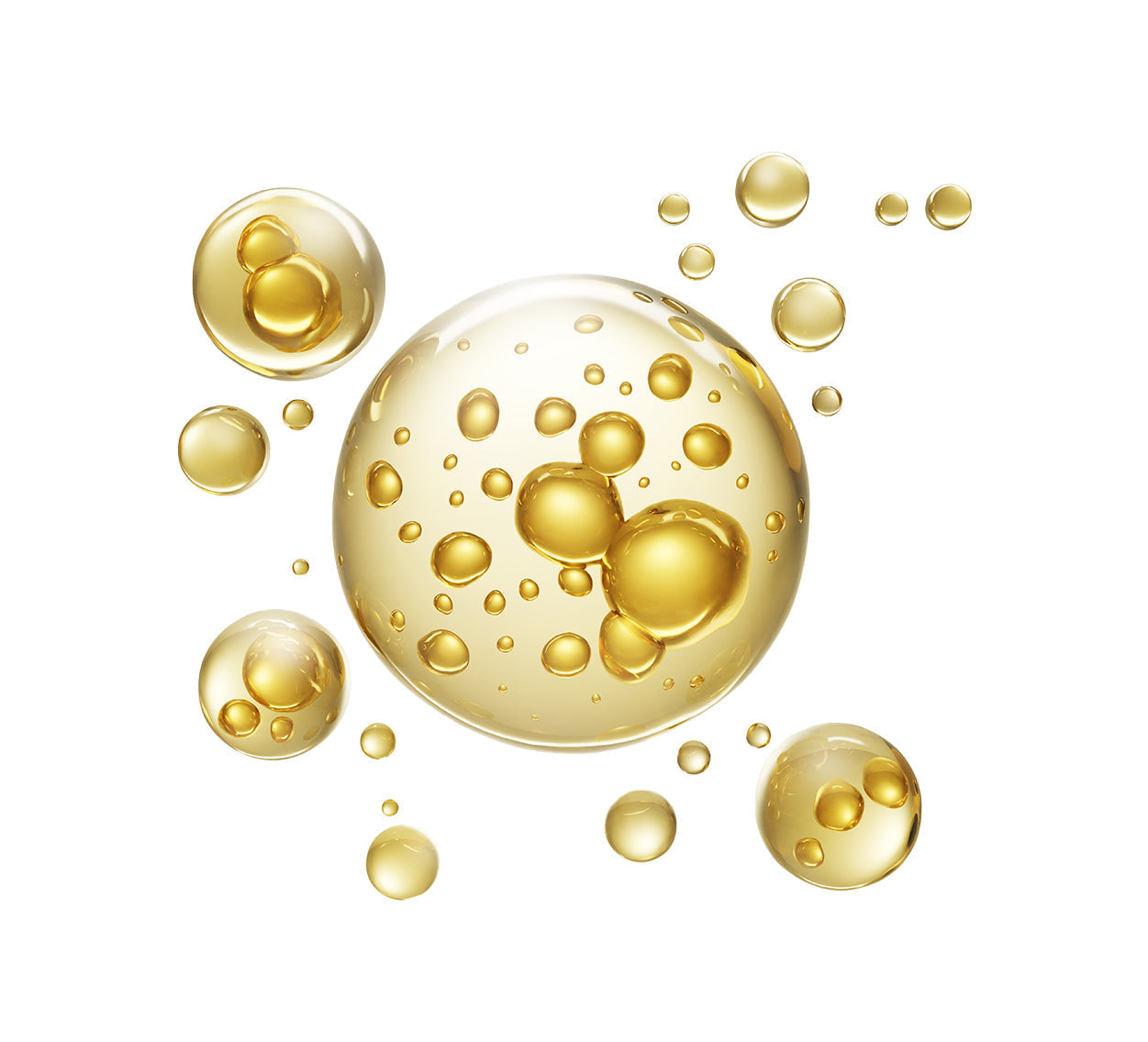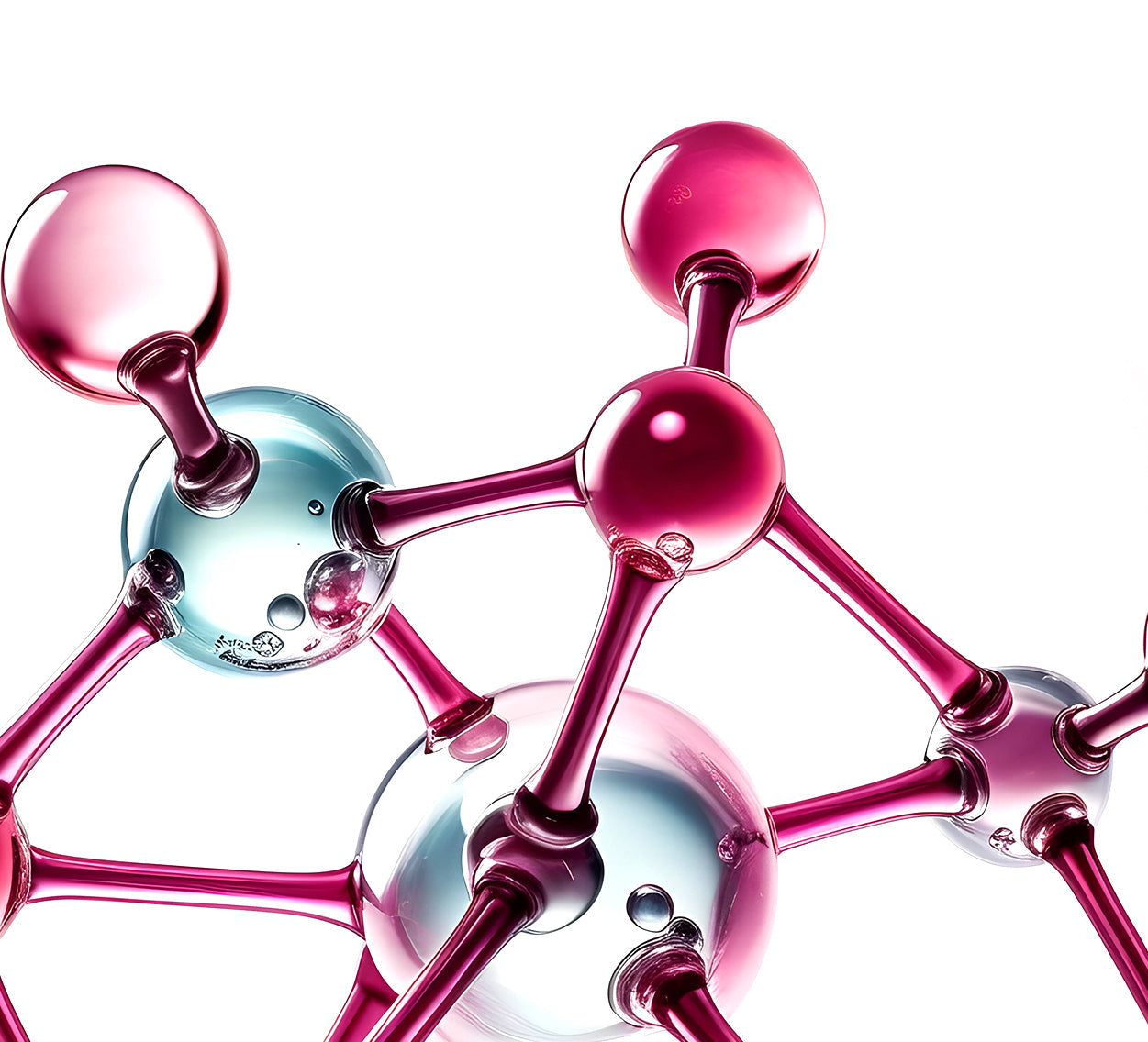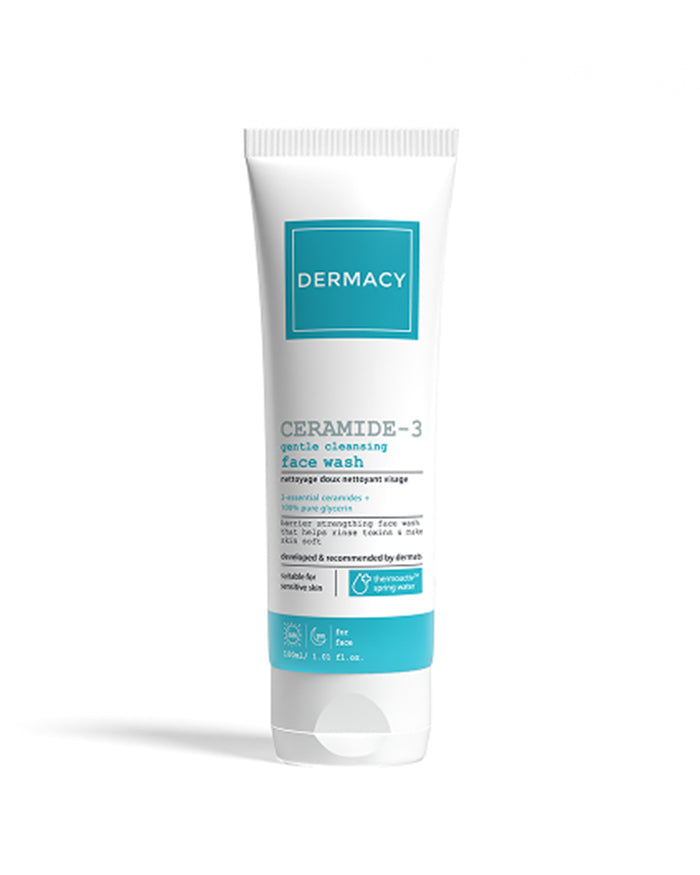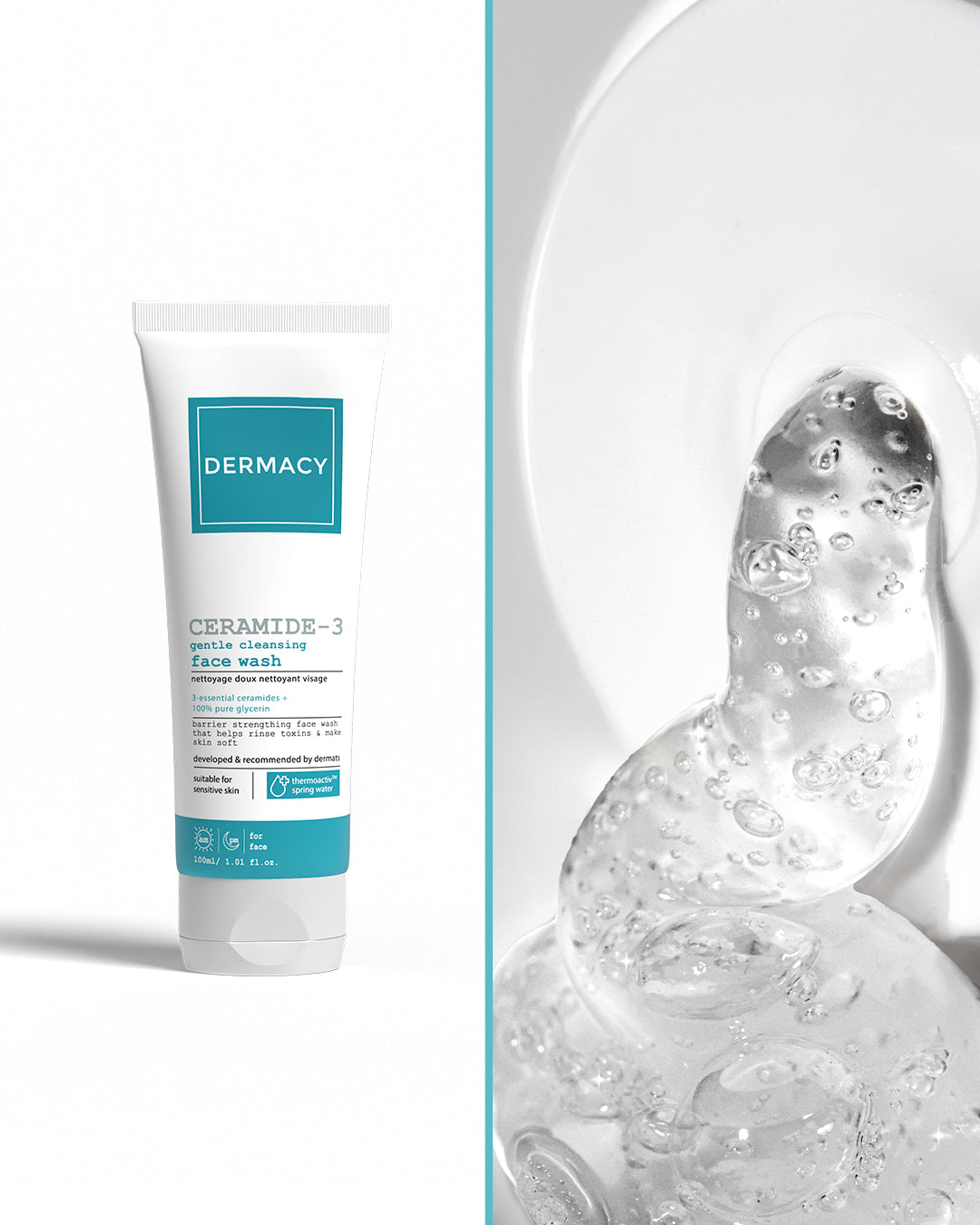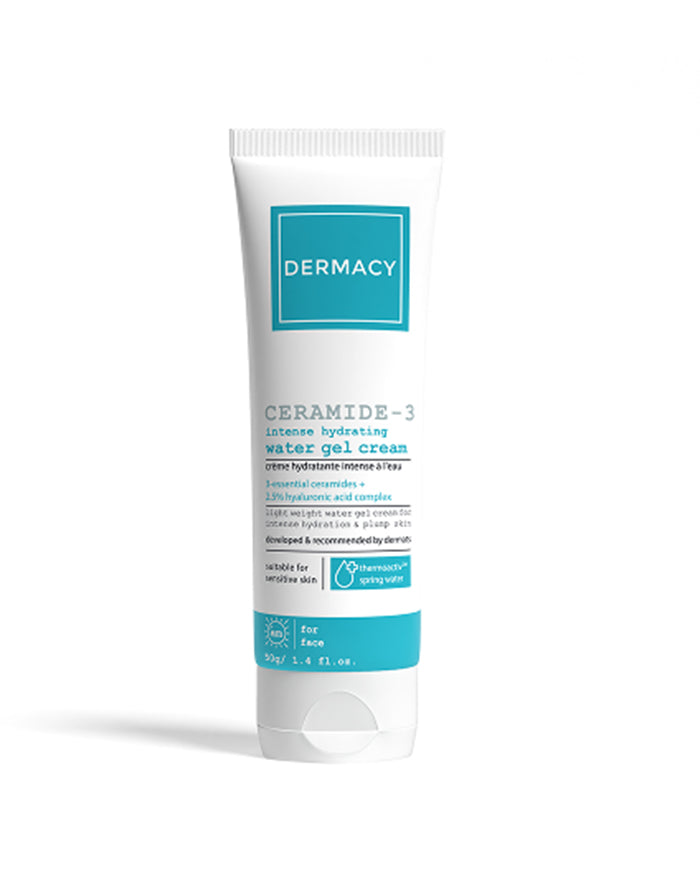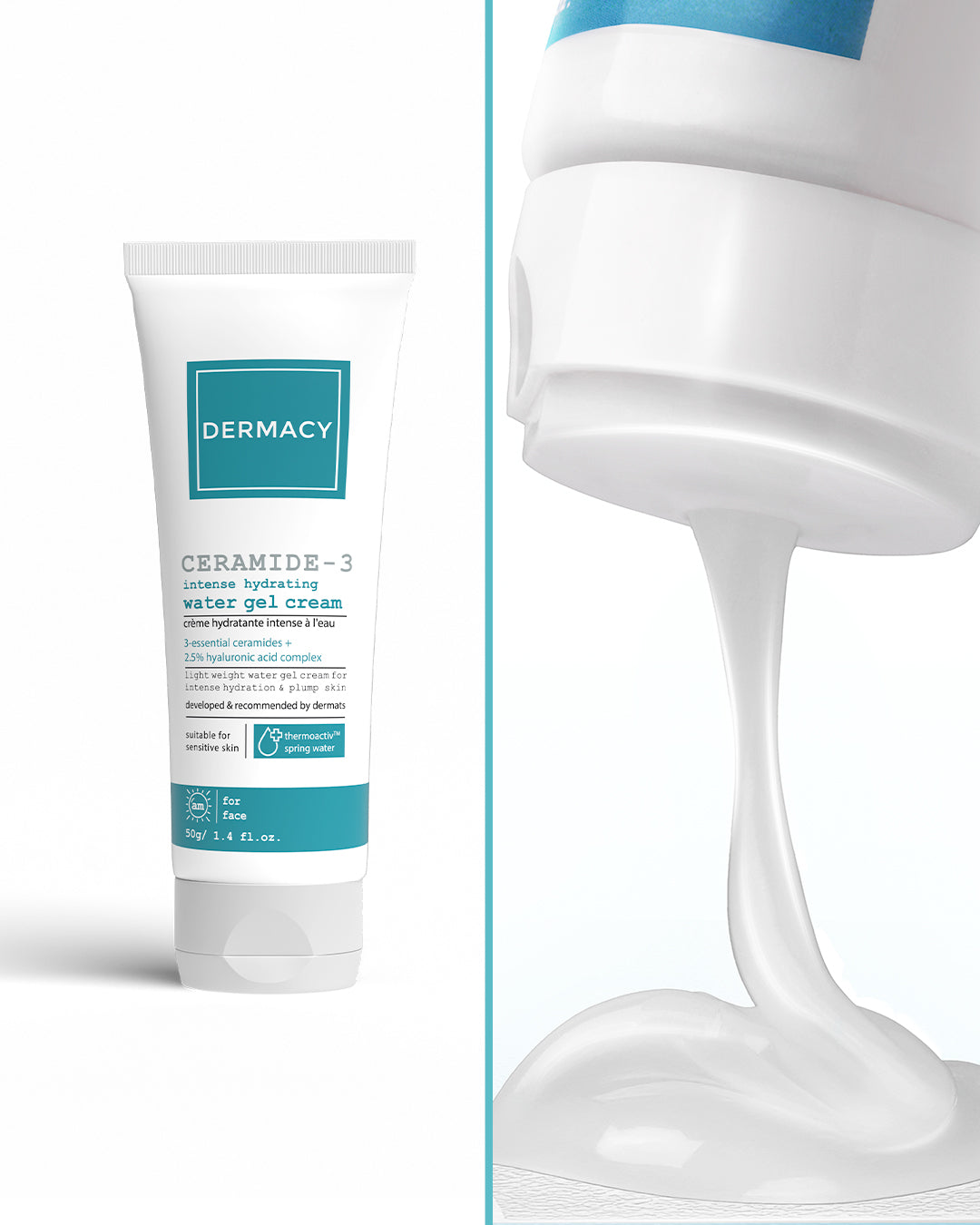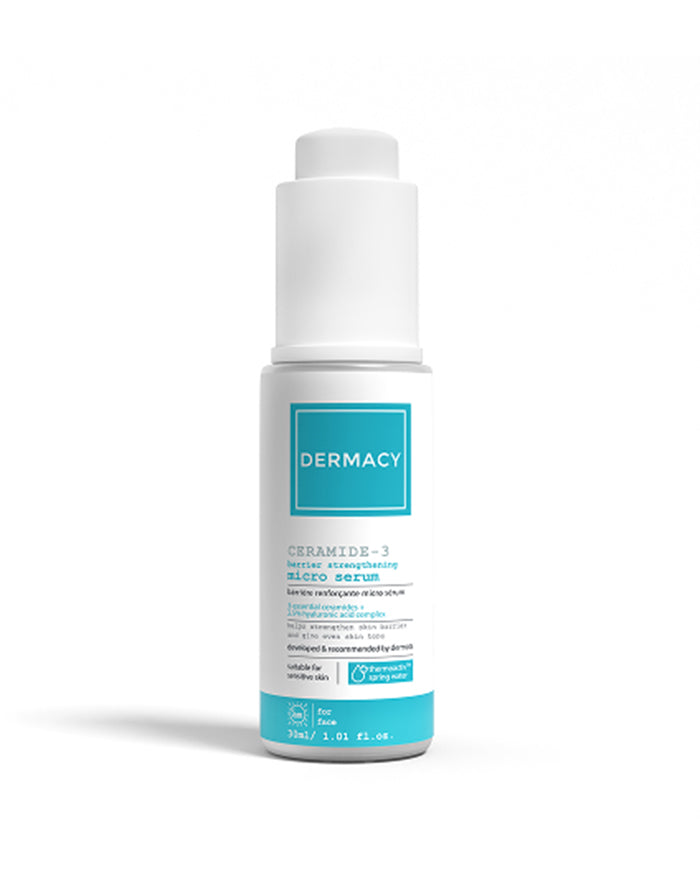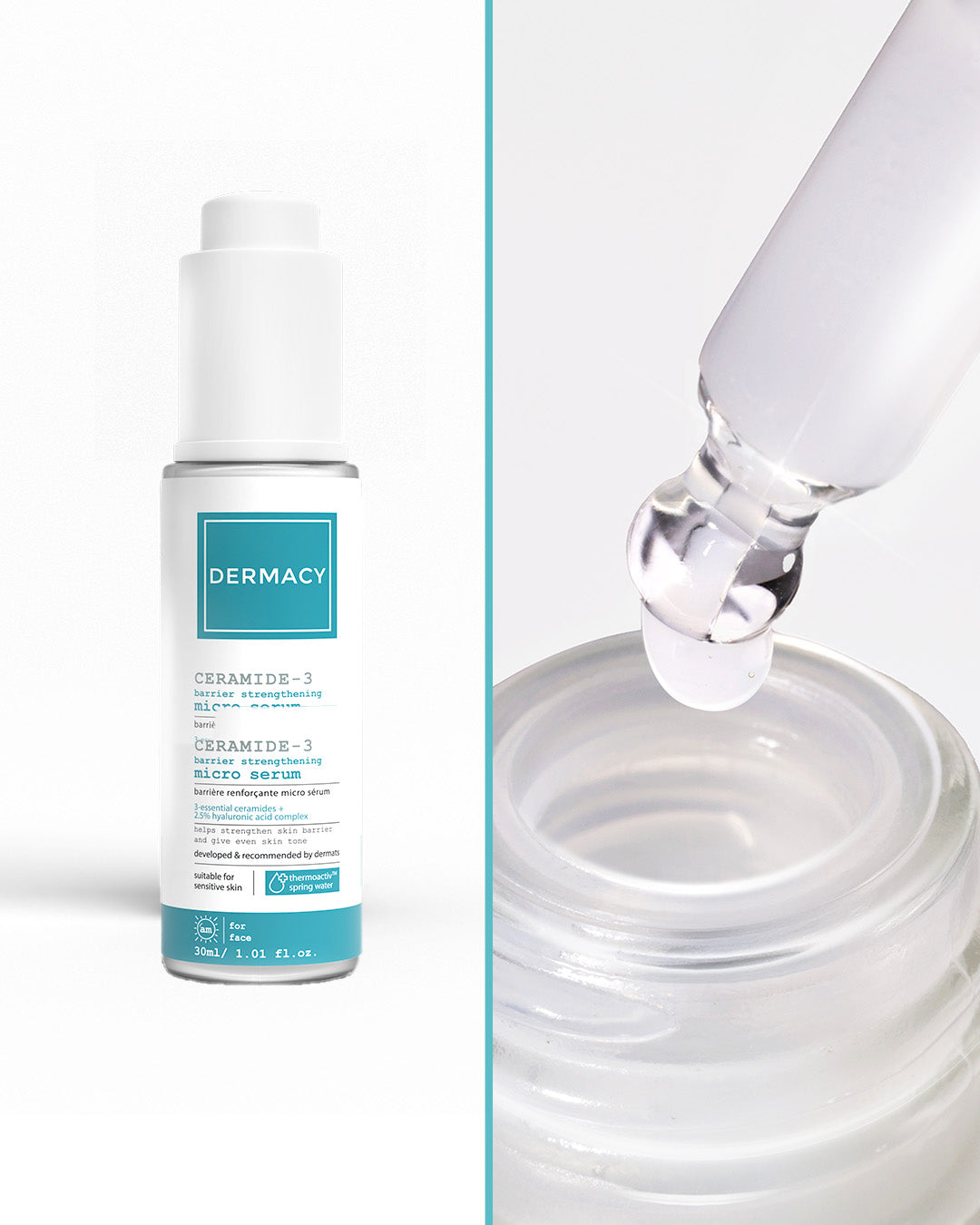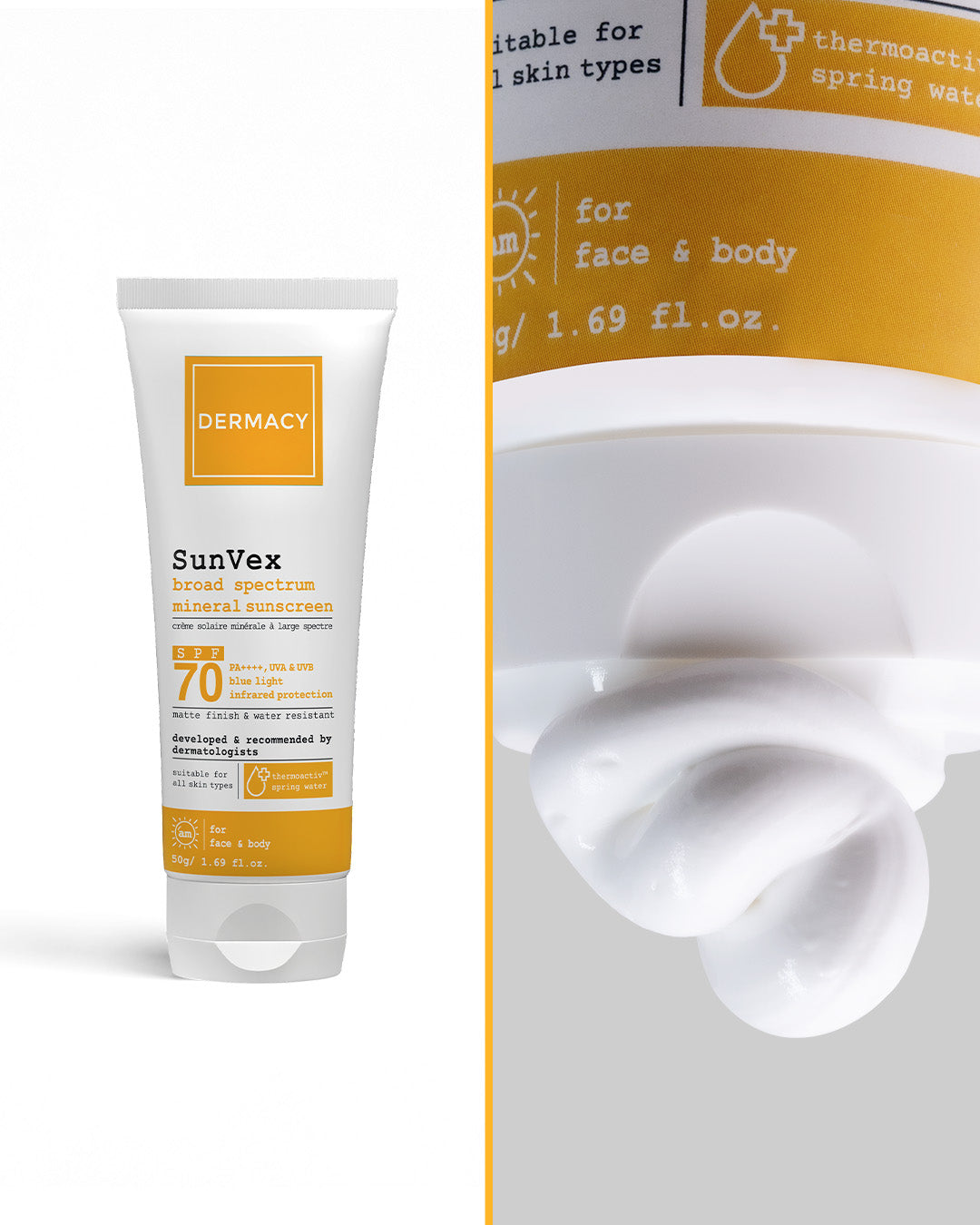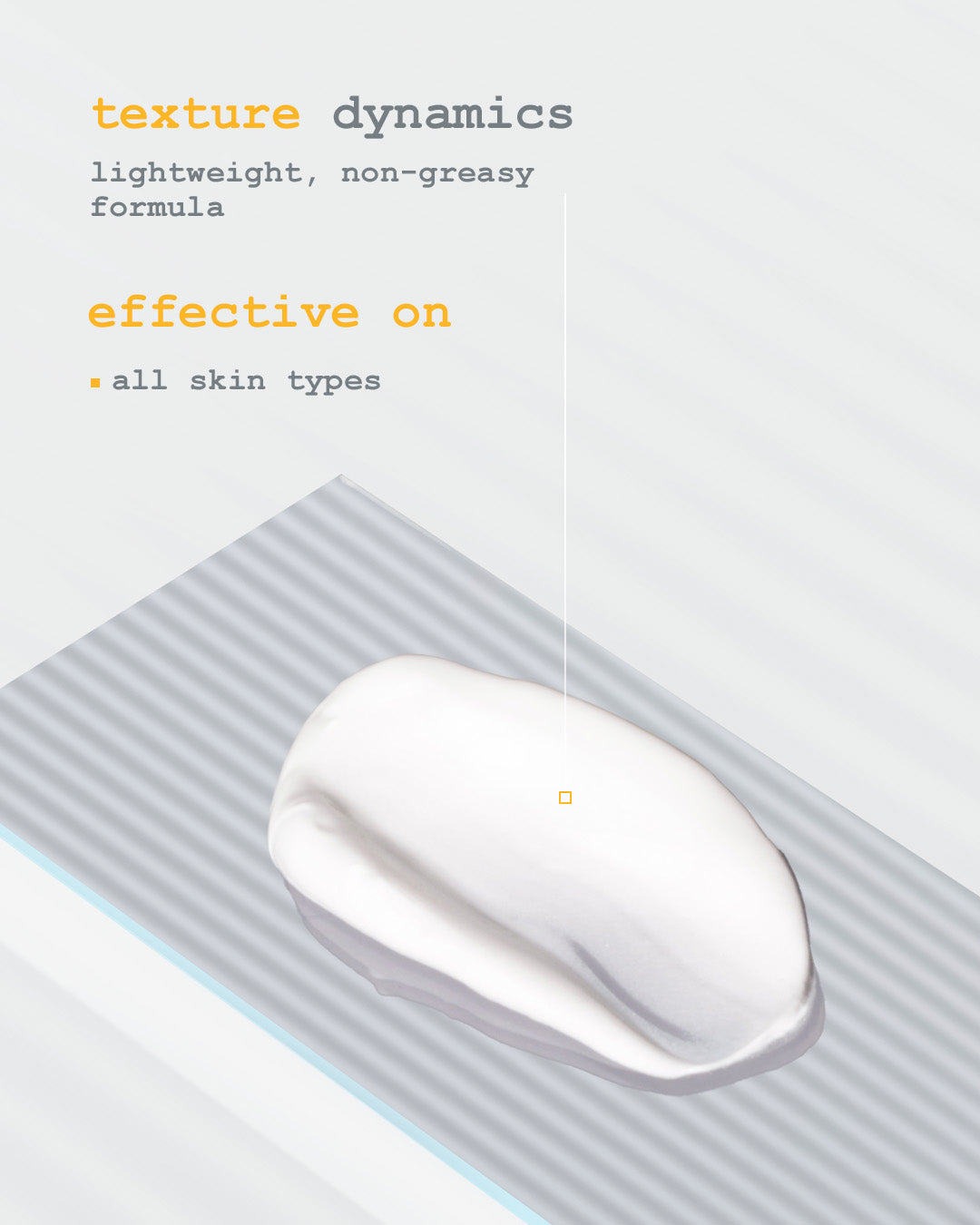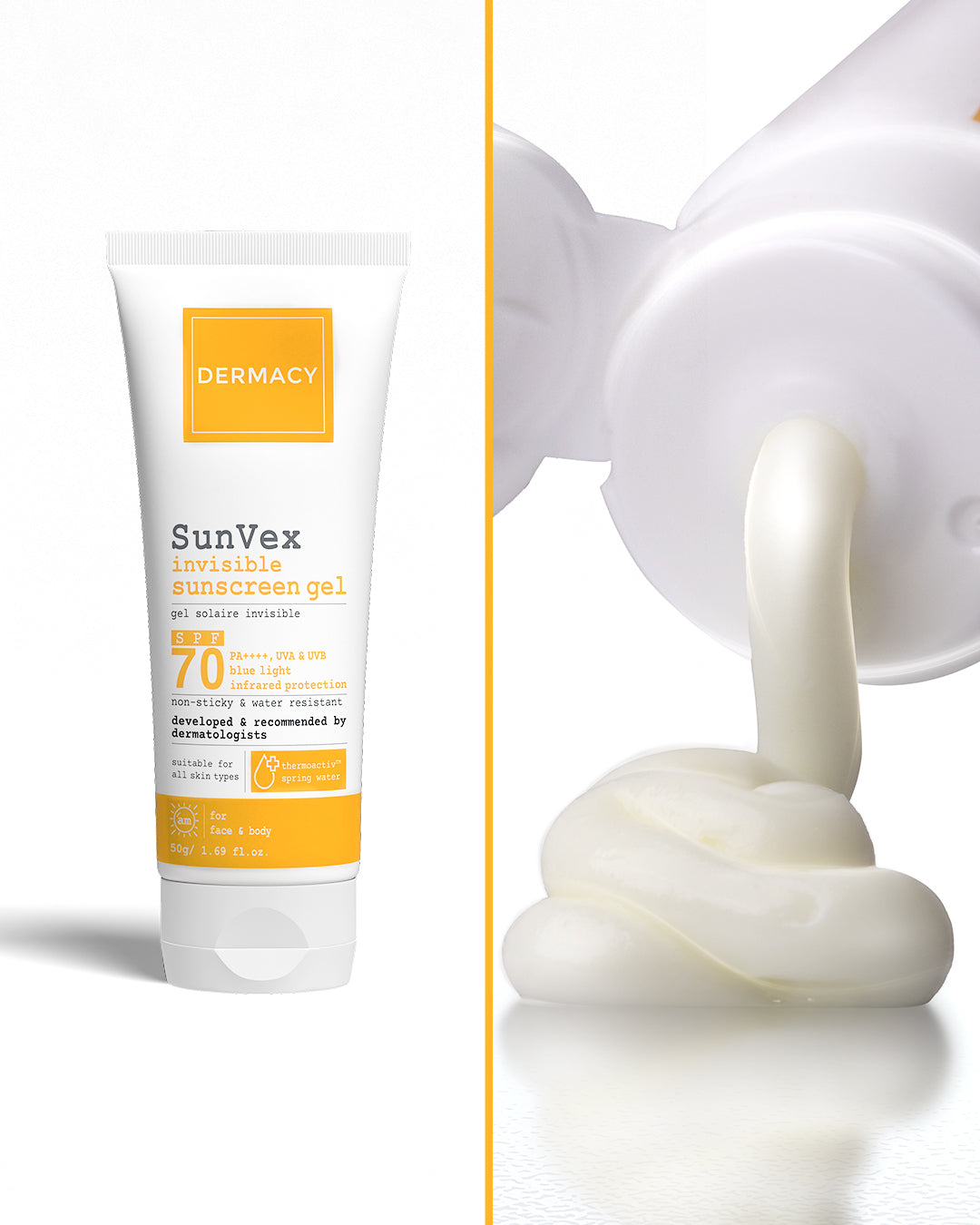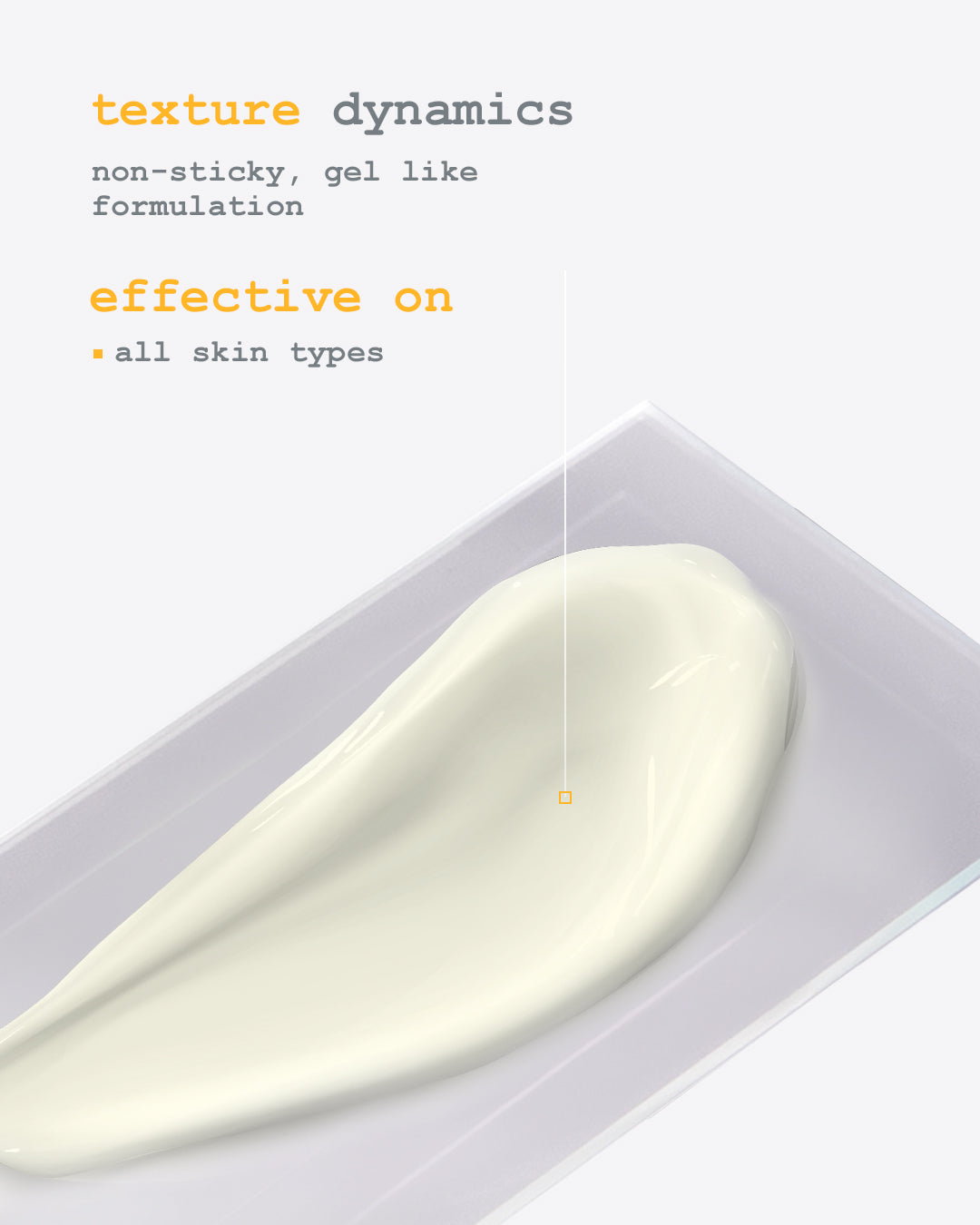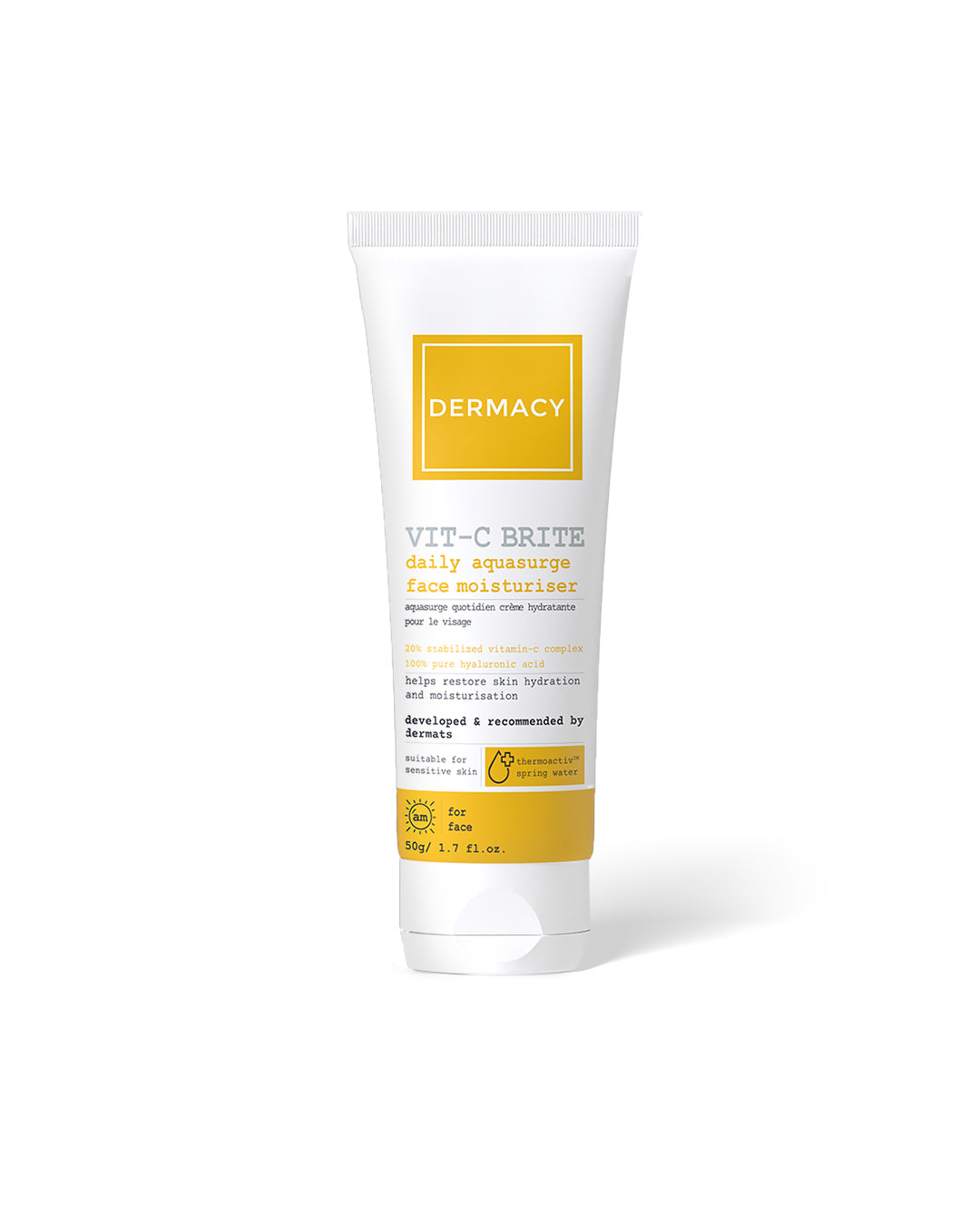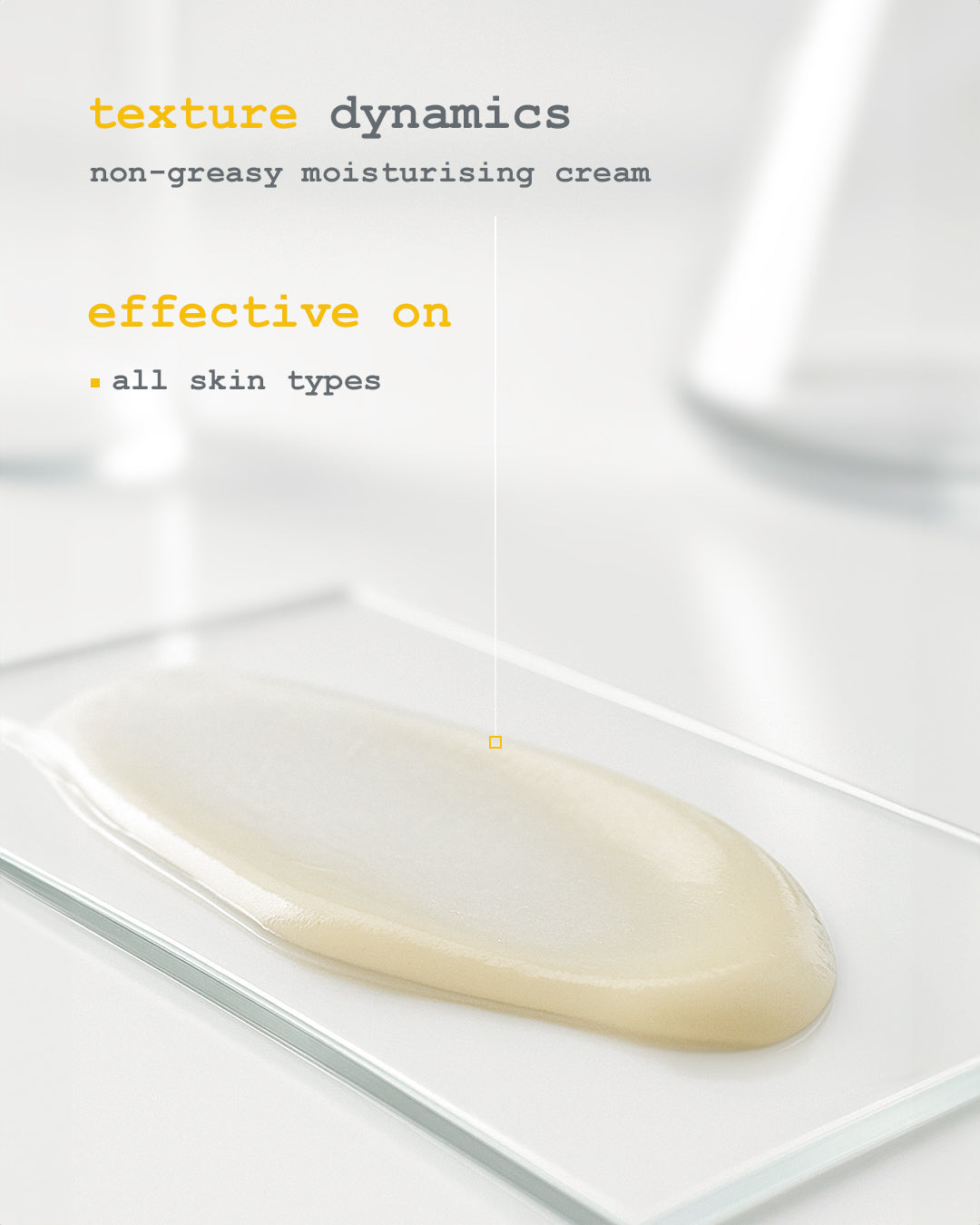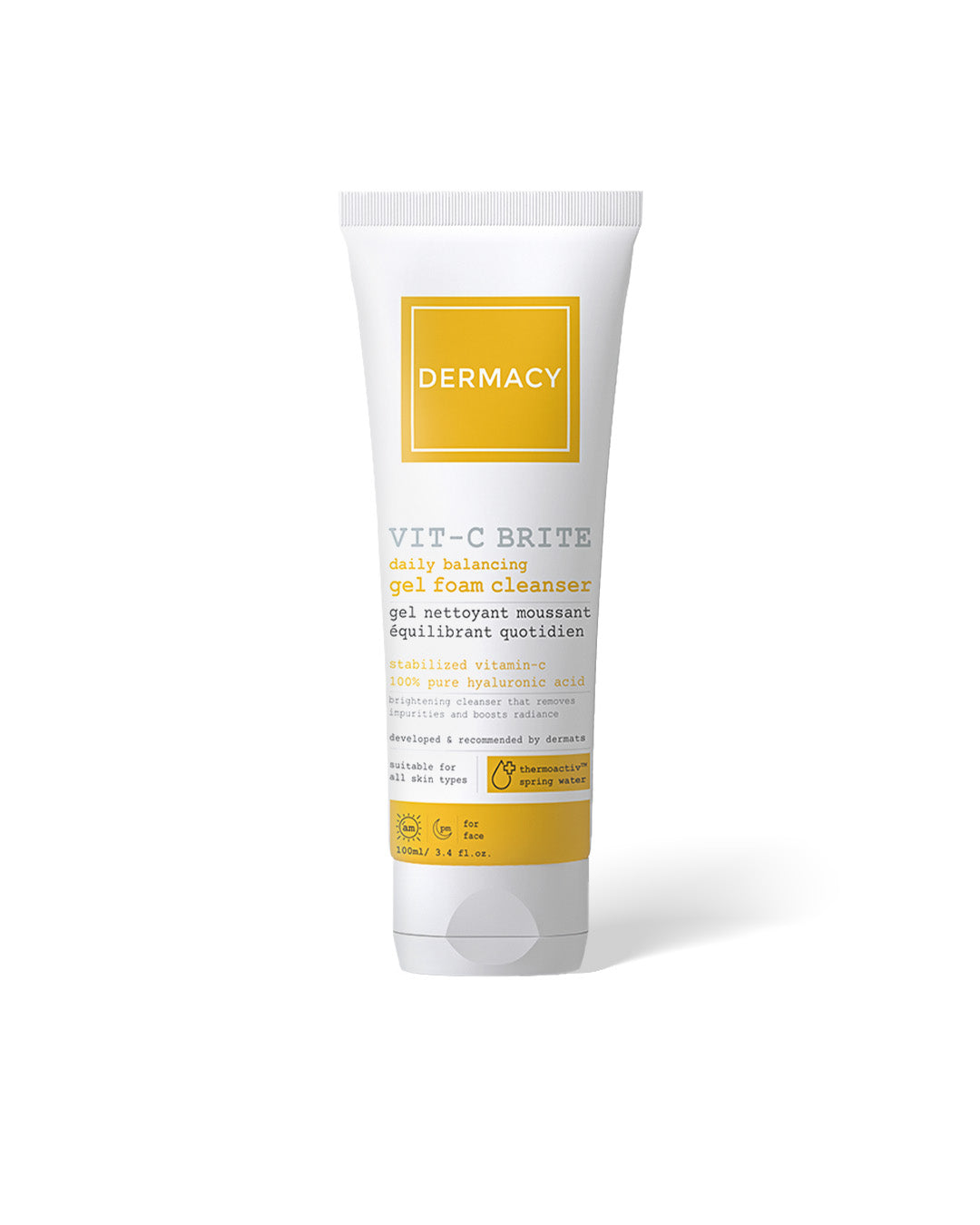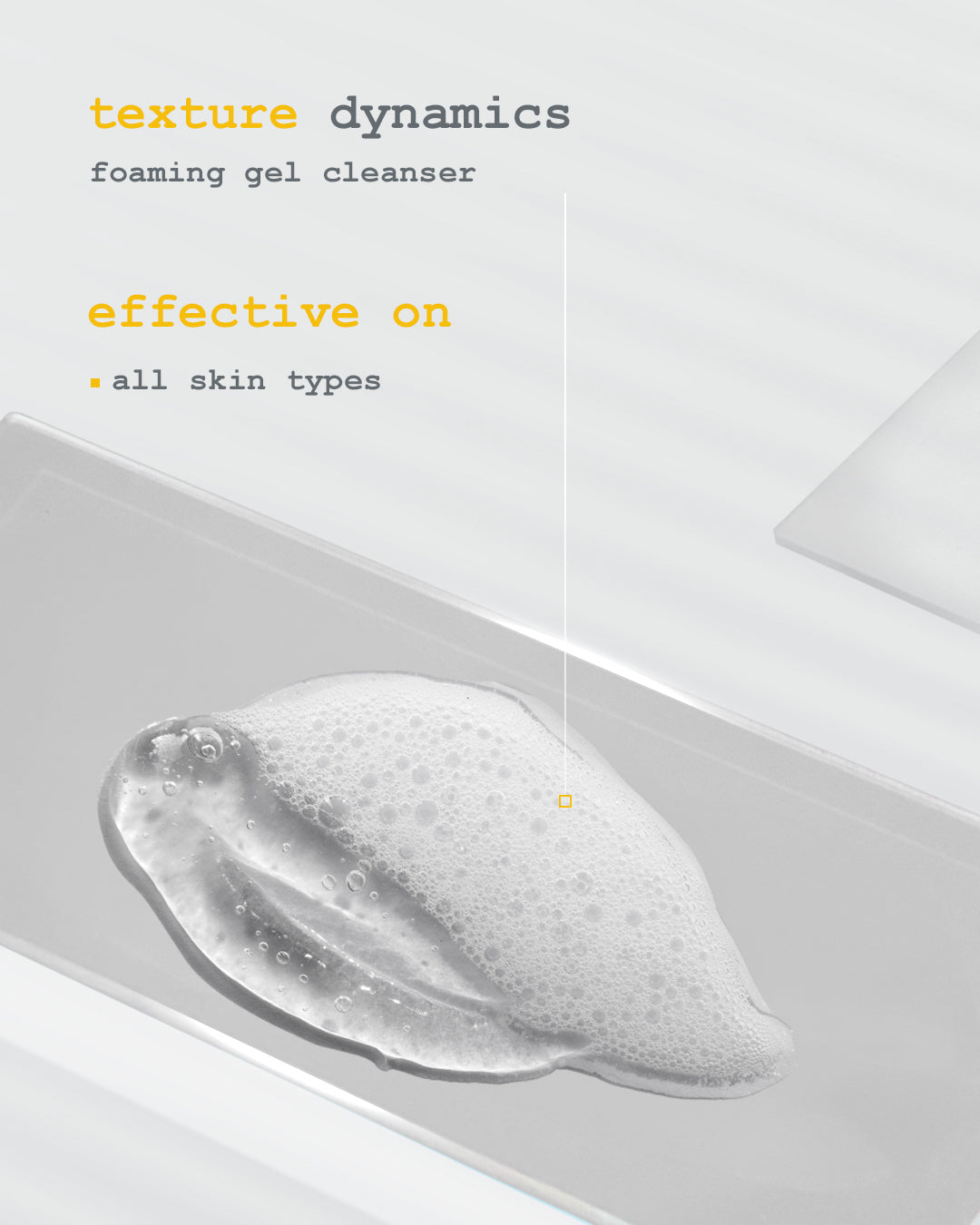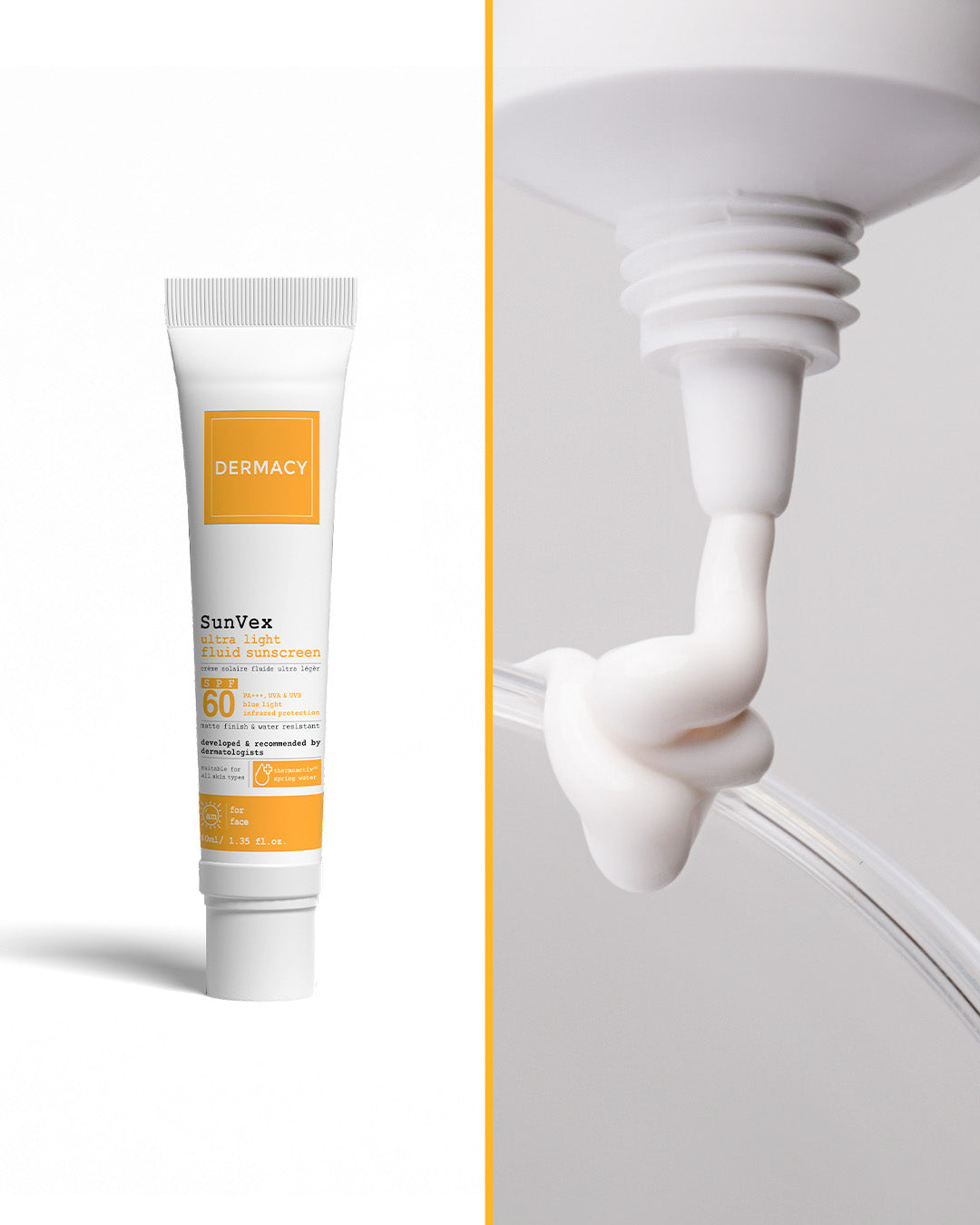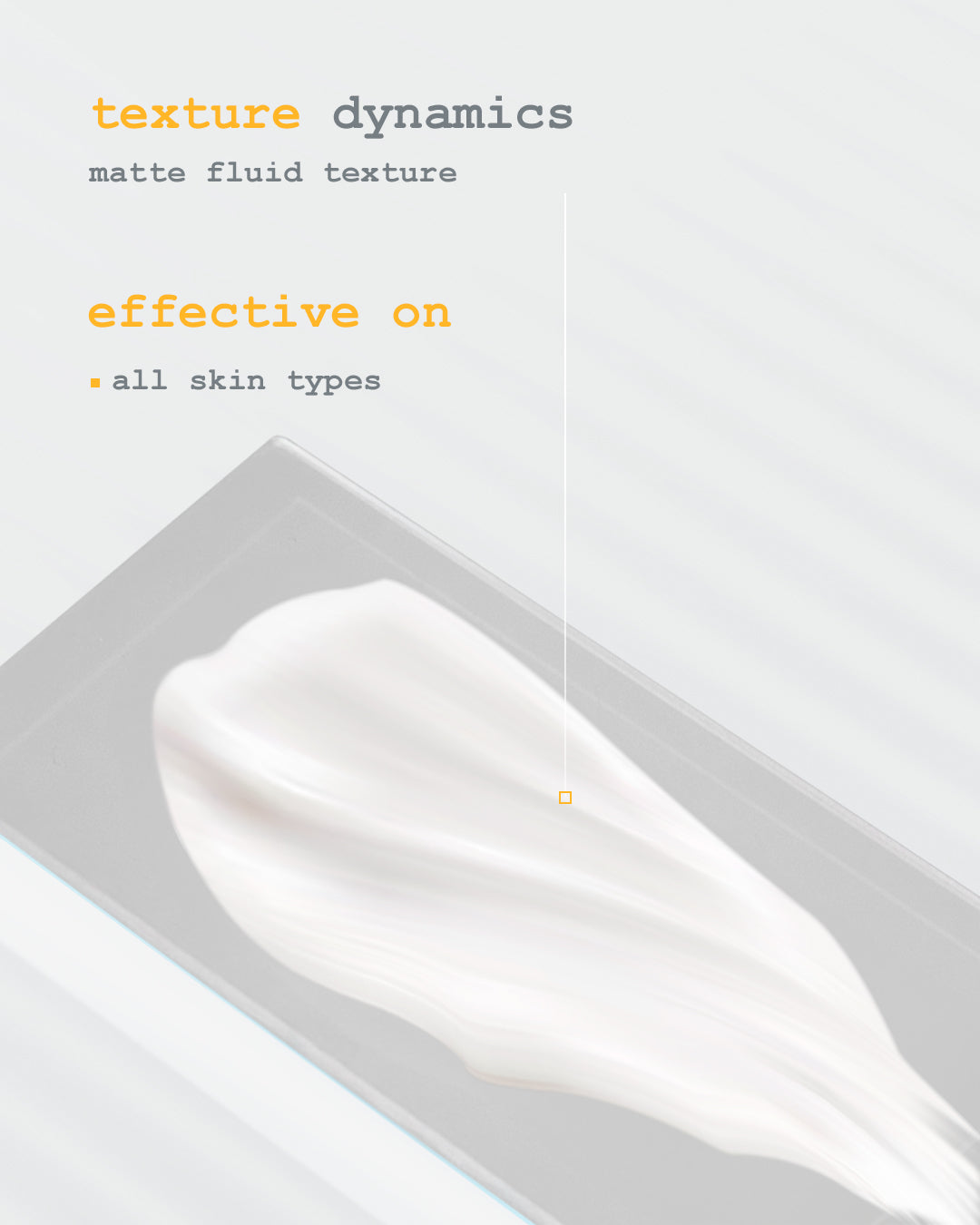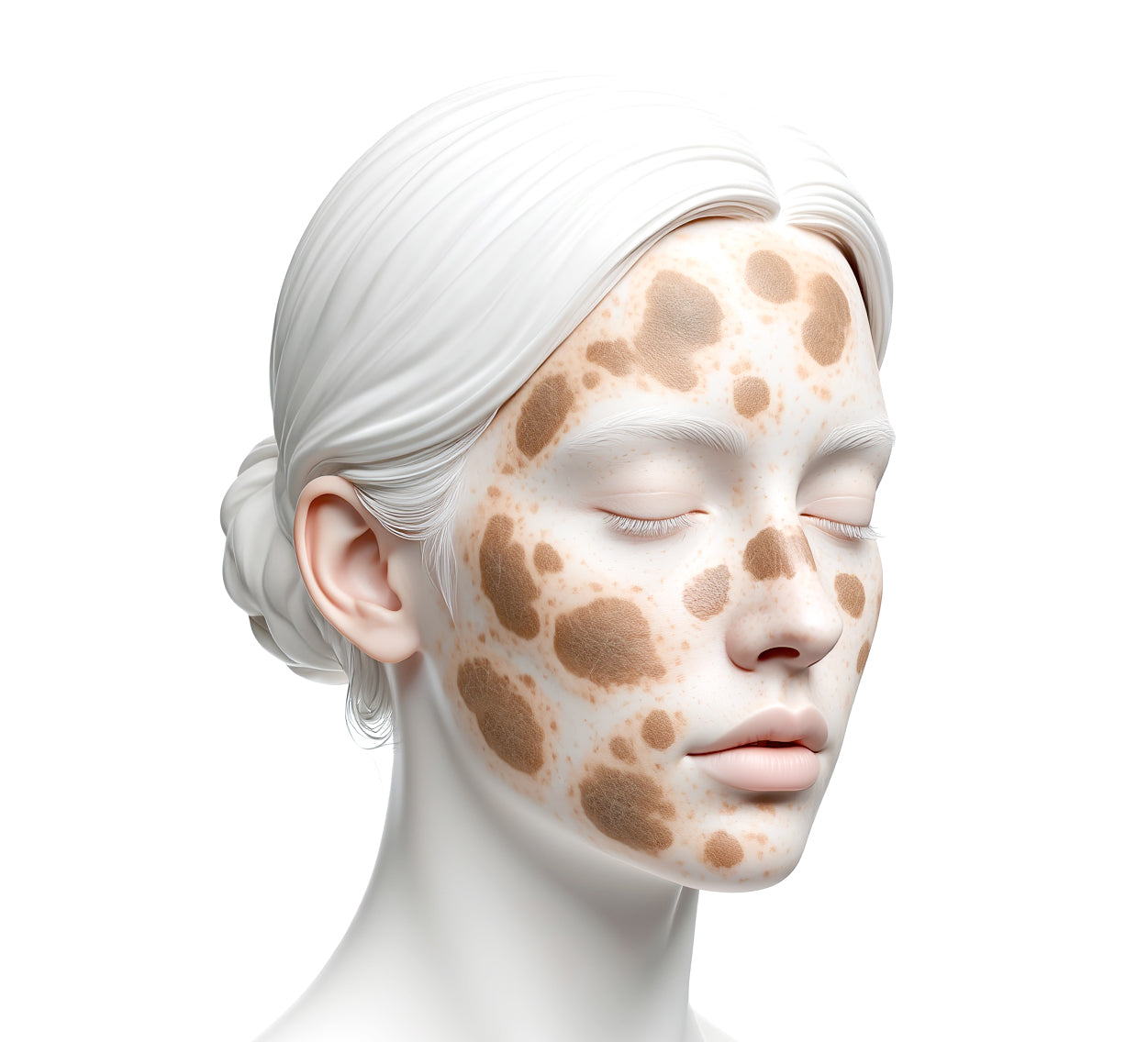Juvenile Acne: A Dermatological Perspective on Managing Early-Onset Acne
The Role of Damaged Skin Barrier in Juvenile Acne
In juvenile acne, the damaged skin barrier plays a significant role in intensifying breakouts. When the skin barrier is compromised, it becomes more prone to skin irritation *blog backlink on IRRITATED SKIN*, inflammation, and bacterial overgrowth. This increases the likelihood of persistent acne, post-inflammatory hyperpigmentation, and scarring.
Targeting both inflammation and barrier repair early on is key to effective and safe acne management in young skin.
What Causes Juvenile Acne
The pathogenesis of juvenile acne involves several interrelated processes:
- Sebum production: Elevated androgen levels increase oil output, fueling clogged pores
- Follicular hyperkeratinization: Excess skin cells lead to blockages within pores
- Bacterial colonization: Cutibacterium acnes multiplies in the sebum-rich environment
- Inflammation: Triggers redness, swelling, and discomfort in affected areas
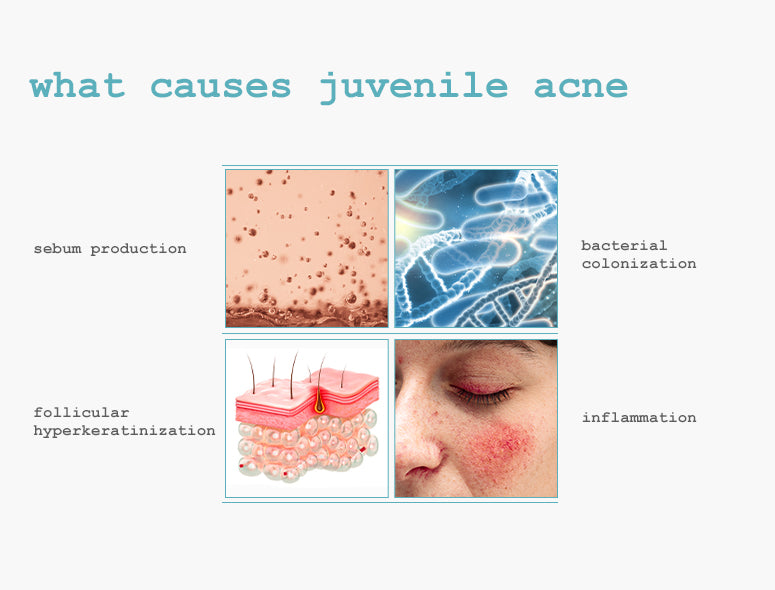
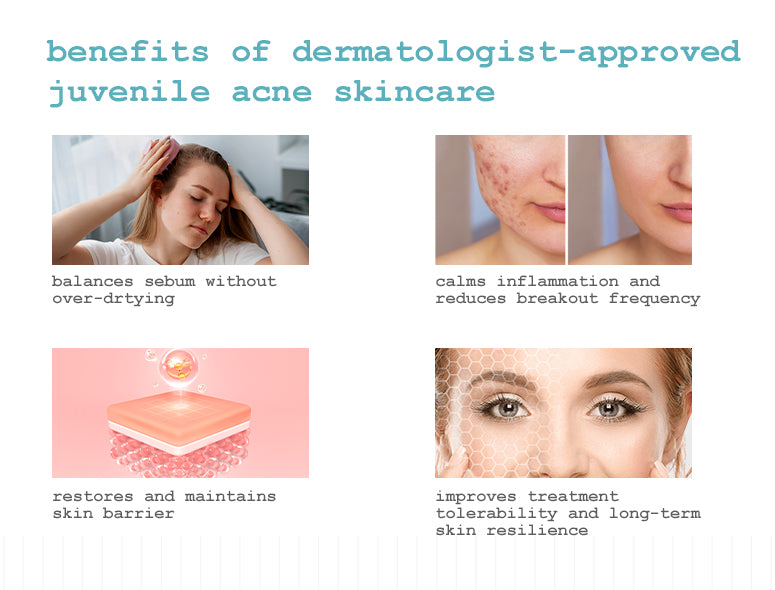
Clinical Support for Juvenile Acne and Skin Barrier Repair
✔ Balances Sebum Production
Niacinamide *blog backlink on NIACINAMIDE* and zinc help regulate sebum production without causing dryness
✔ Minimizes Inflammation and Bacterial Growth
Topical agents like salicylic acid and prebiotic complexes reduce bacterial growth and flare-ups
✔ Restores Skin Barrier Function
Hydrating, ceramide-rich formulas repair the damaged skin barrier, enhancing tolerance and recovery
✔ Reduces Risk of Post-Inflammatory Hyperpigmentation *blog backlink on HYPERPIGMENTATION* Barrier-focused skincare helps minimize pigmentation, especially in melanin-rich skin
✔ Pairs Well with Prescriptions
Supportive routines reduce skin irritation associated with retinoids and antibiotics
The Importance of Barrier-Focused Daily Care
A consistent, evidence-based routine is essential for managing early-onset acne while protecting skin health:
Cleanse
Use a gentle, pH-balanced cleanser that removes debris and excess oil without disrupting the barrier
Moisturize
Choose lightweight, non-comedogenic moisturizers with humectants like glycerin and hyaluronic acid *Blog backlink on HYALURONIC ACID*
Treat
Target breakouts with salicylic acid, niacinamide, or azelaic acid *blog backlink on AZELAIC ACID* to control oil and calm inflammation
Benefits of Dermatologist-Approved Juvenile Acne Skincare
✔ Balances sebum *blog backlink on SEBUM* without over-drying
✔ Calms inflammation and reduces breakout frequency
✔ Restores and maintains skin barrier *blog backlink on SKIN BARRIER* health
✔ Improves treatment tolerability and long-term skin resilience
✔ Minimizes risk of scarring and post-inflammatory pigmentation
✔ Safe for sensitive, young, and acne-prone skin types
Final Takeaway
Juvenile acne isn’t just a cosmetic concern—it reflects deep interactions between hormones, inflammation, microbiota, and the skin barrier *blog backlink on SKIN BARRIER*. Addressing these factors early with a gentle, dermatologically sound approach helps improve skin clarity, prevent long-term effects, and support healthy development.
A routine that combines targeted treatments with barrier repair helps regulate sebum production, soothe skin irritation, and protect against damaged skin barrier—laying the foundation for lifelong skin health.





